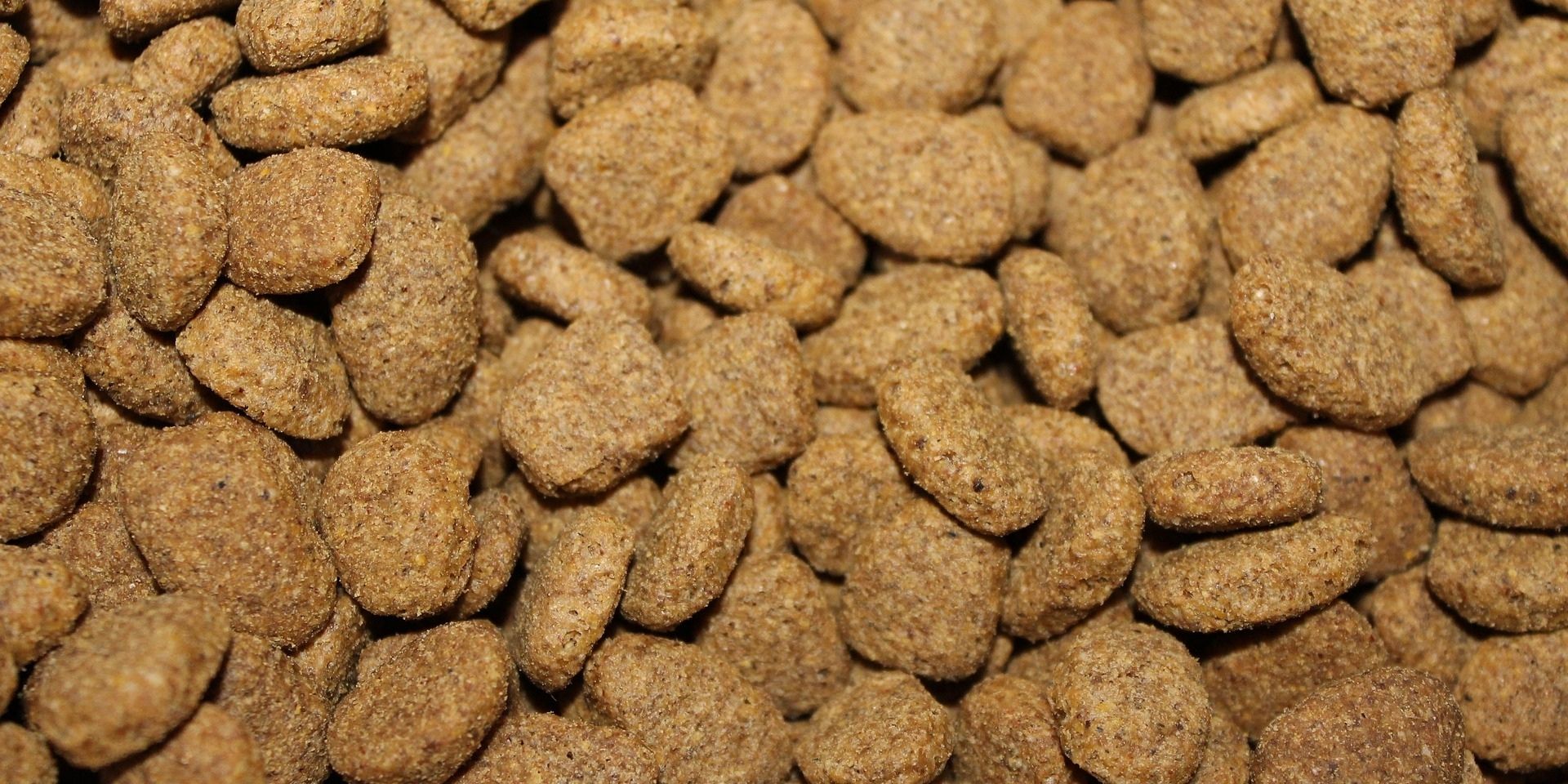
Commercial pet foods in the European Union – including dry and wet foods for dogs and cats – are strictly regulated. These products must comply with extensive EU pet food regulations and nutritional recommendations to guarantee safety, transparency, and consistent quality. This article explains the key EU legislation, special diet rules, and nutritional guidelines that shape commercial dog and cat foods.
EU Legislation for Commercial Pet Foods
The foundation of EU pet food regulations is the General Food Law (EC No 178/2002), which establishes safety, traceability, and the responsibility of feed business operators. In addition, Regulation (EC) No 767/2009 governs how pet food is marketed and labeled. Labels must be clear and accurate, including:
- A list of feed materials
- Analytical constituents (such as protein and fat)
- Feeding instructions
This regulation also distinguishes between complete feeds (covering all nutritional needs) and complementary feeds (requiring combination with other foods).
Other important legislation includes:
- Commission Regulation (EU No 68/2013 – Catalogue of Feed Materials): updated list of approved raw materials used in pet food.
- Animal By-products Regulation (EC No 1069/2009): rules on processing animal by-products in feed.
- Official Controls Regulation (EU 2017/625): ensures compliance, animal welfare, and traceability throughout the feed and food chain.
Together, these rules ensure that commercial dog and cat foods placed on the EU market are both safe and nutritionally transparent.
Special Diets – PARNUT Feeds
Not all pets thrive on standard diets. For animals with specific health conditions, PARNUT feeds (Particular Nutritional Purposes) offer tailored solutions. These are regulated under Commission Regulation (EU) 2020/354.
Examples include:
- Renal support diets for cats
- Gastrointestinal diets for dogs
To comply with EU law, labels must specify the dietary purpose, clear usage instructions, and often include a recommendation to consult a veterinarian. Importantly, PARNUT feeds are not medicines, but specialized diets designed to support pets with health-related needs.
Nutritional Guidelines: FEDIAF and NRC
While legislation ensures safety and transparency, nutritional balance relies on scientific recommendations.
- FEDIAF (The European Pet Food Industry Federation) publishes detailed nutritional guidelines for dogs and cats. These cover energy requirements, proteins, fats, vitamins, and minerals, adjusted for life stages such as puppy, adult, senior, and pregnancy.
- NRC (National Research Council, USA) is a key scientific reference, widely used in the EU. Its publication Nutrient Requirements of Dogs and Cats (2006) provides minimum, maximum, and optimal nutrient levels that still inform modern feed formulations.
Conclusion
Commercial dog and cat foods in the EU are backed by one of the strictest regulatory frameworks in the world. From the General Food Law to the Official Controls Regulation, EU pet food regulations protect animal health and ensure transparency for pet owners. Special PARNUT feeds provide additional support for pets with specific health conditions, while FEDIAF and NRC guidelines guarantee balanced nutrition.
For pet owners, this means confidence: every bag or can of pet food sold in the EU must meet strict legal and nutritional standards, ensuring the well-being of dogs and cats at every life stage.
| Topic | Regulation / Guideline | Applies to |
| General feed safety and labeling | EC 767/2009 | All pet foods |
| Approved feed materials | EU Feed Catalogue (EC 68/2013) | All feed materials |
| Special diets (diseases) | EU 2020/354 (PARNUT) | Dietetic feeds for veterinary use |
| European nutritional guidelines | FEDIAF | Commercial complete feeds |
| Scientific nutritional references | NRC 2006 | Veterinary science, research |